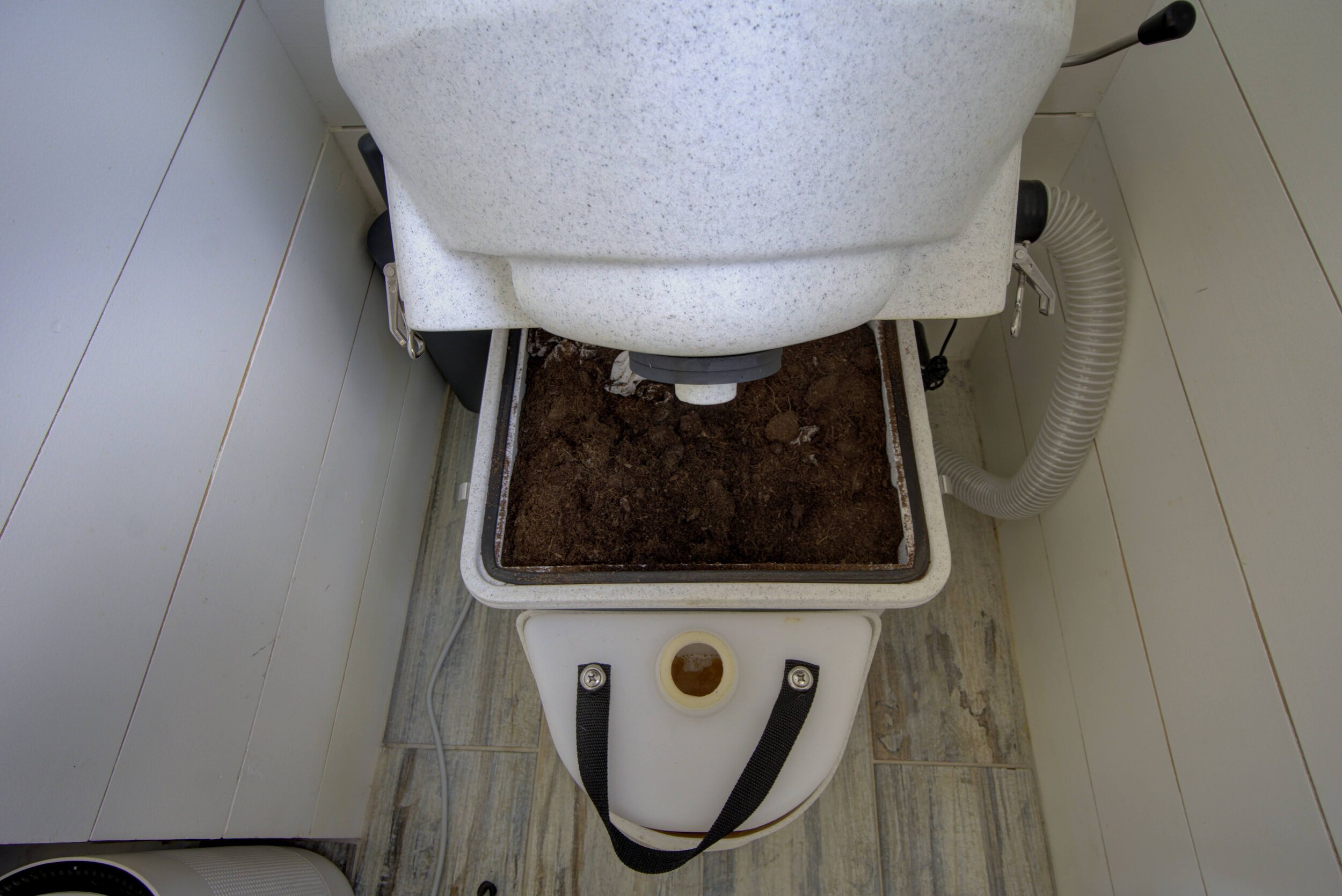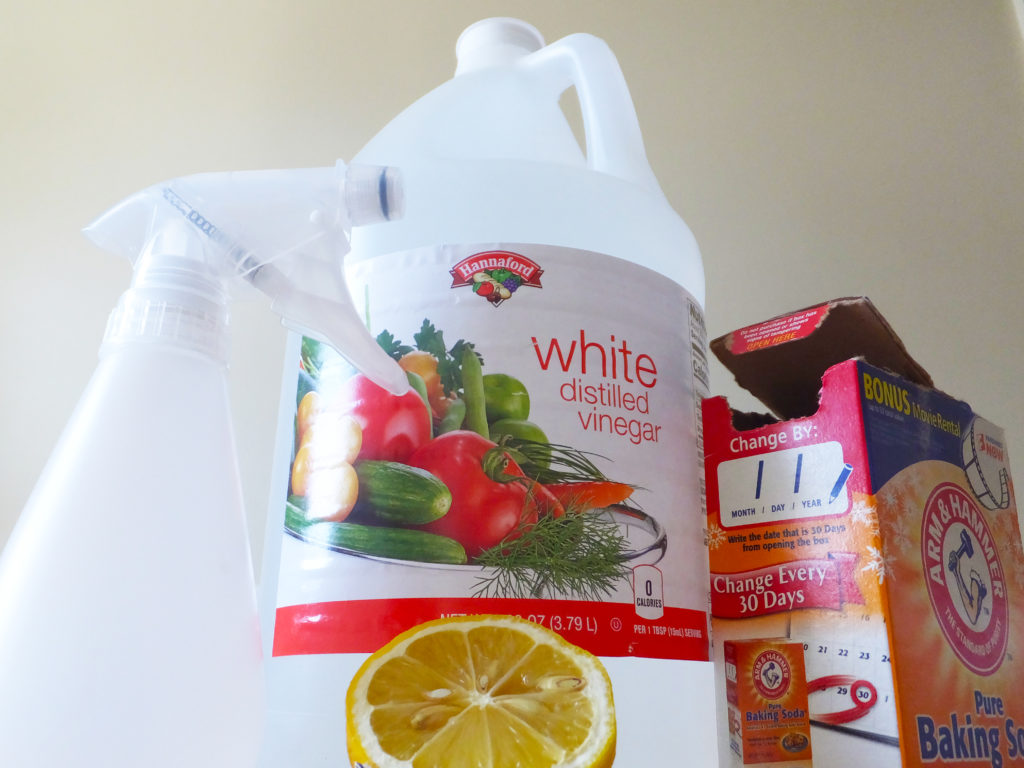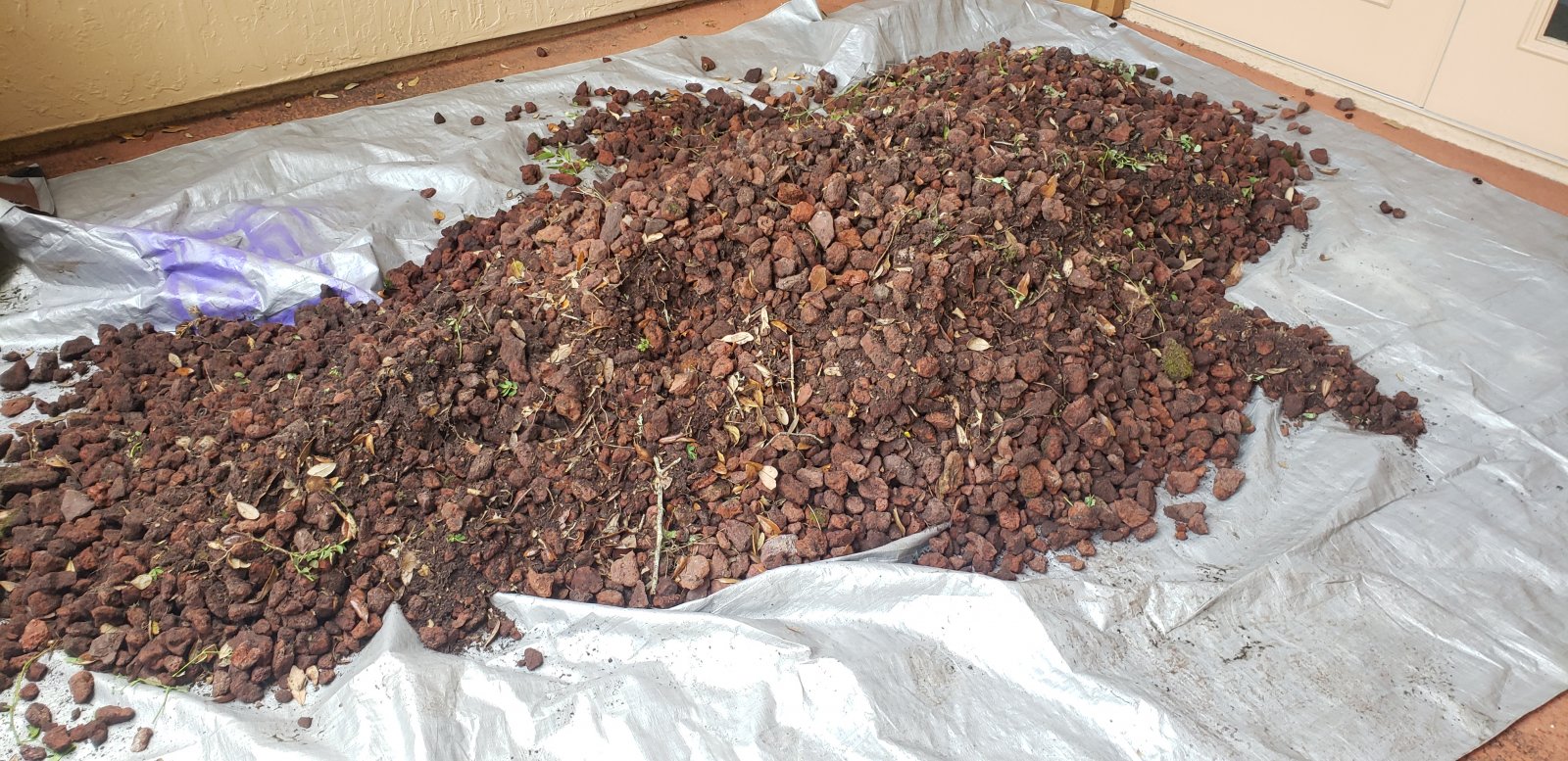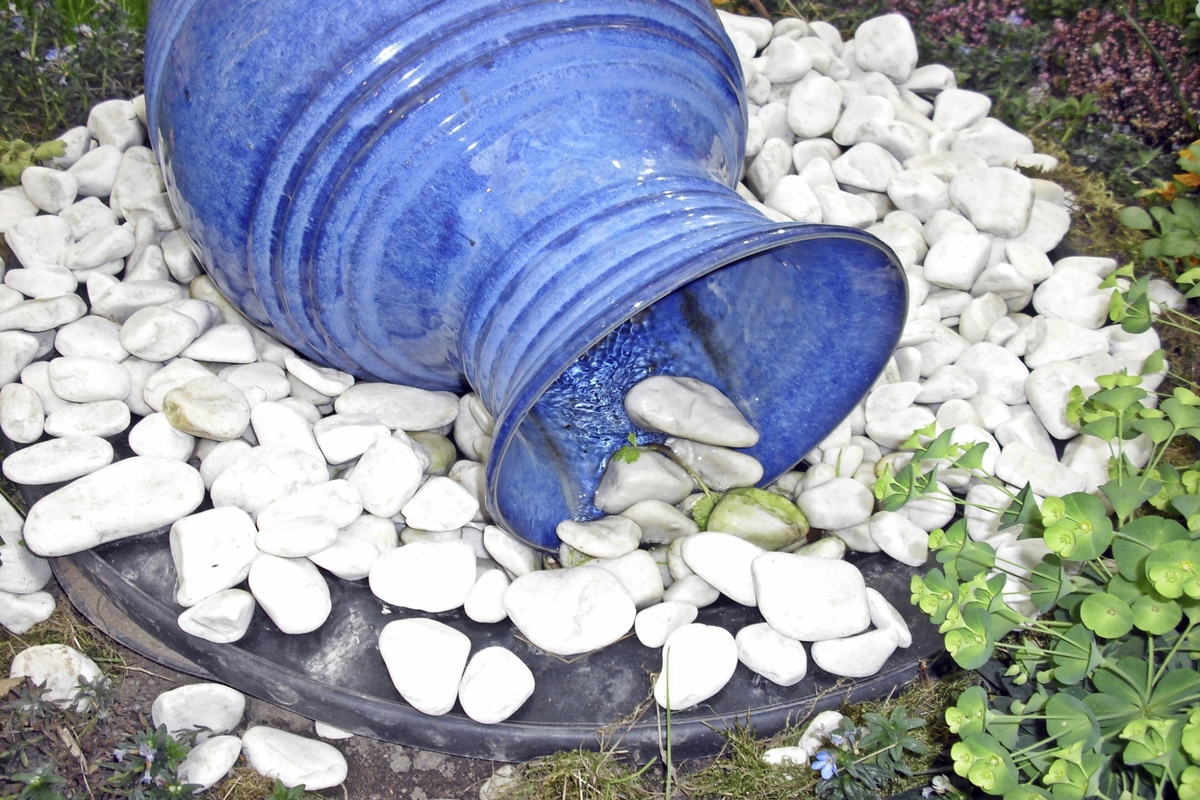Home>Gardening Tips and Tricks>How To Keep A Backyard Duck Pond Clean
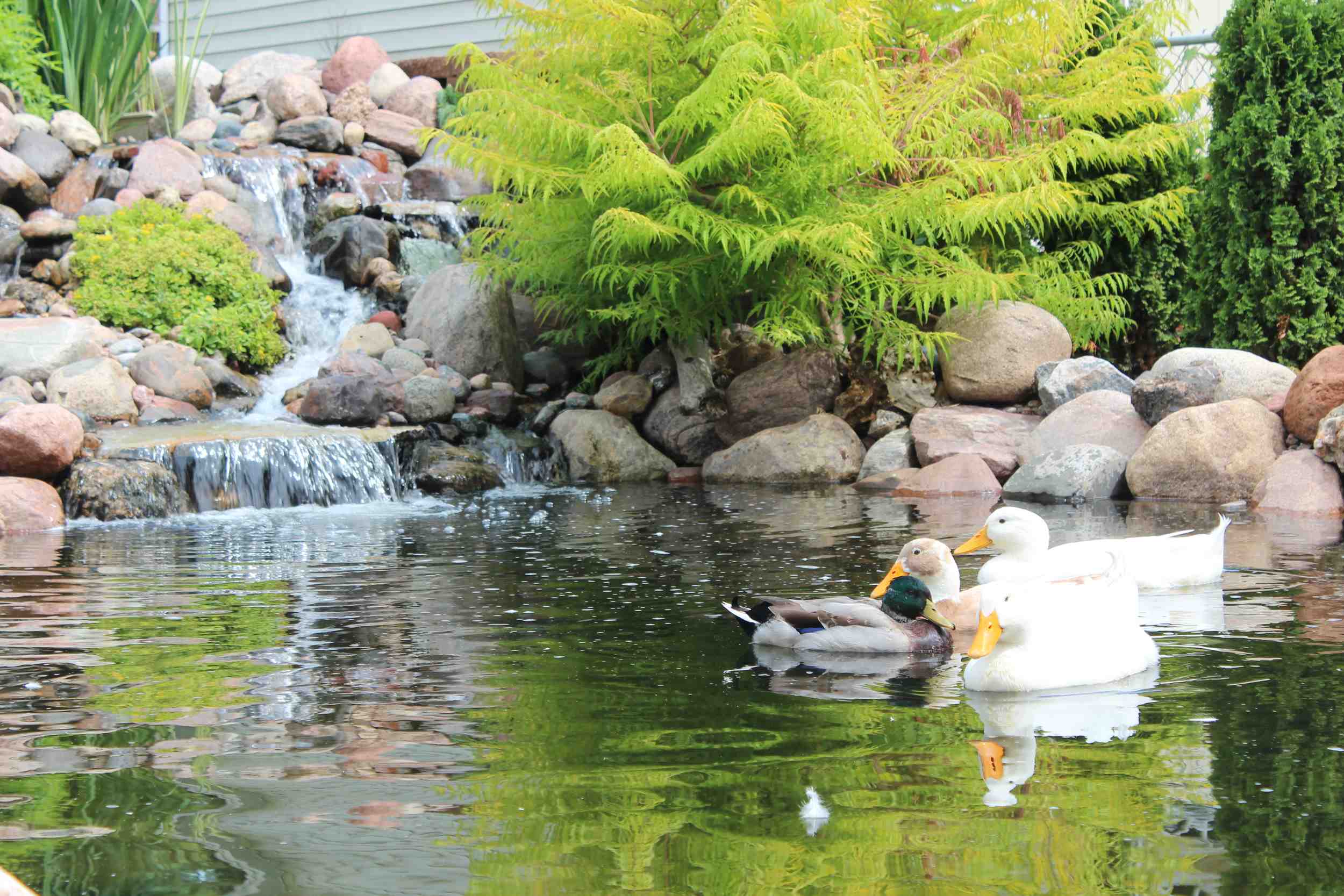

Gardening Tips and Tricks
How To Keep A Backyard Duck Pond Clean
Published: August 5, 2023
Discover effective problem solving techniques for keeping your backyard duck pond clean and pristine. Keep your ducks happy and your pond looking great with these expert tips.
(Many of the links in this article redirect to a specific reviewed product. Your purchase of these products through affiliate links helps to generate commission for Chicagolandgardening.com, at no extra cost. Learn more)
Table of Contents
Introduction
Welcome to our guide on how to keep a backyard duck pond clean. If you’re a duck enthusiast or considering adding ducks to your backyard, having a clean and well-maintained duck pond is essential for the health and happiness of your feathered friends. Ducks love spending time in water, and providing them with a clean and safe pond will not only keep them healthy but also create a beautiful and tranquil addition to your outdoor space.
Building and maintaining a duck pond does require some effort, but it’s definitely worth it. Not only will you have happy and healthy ducks, but you’ll also be creating a peaceful and enjoyable environment for yourself and your family.
In this guide, we will walk you through the process of creating and maintaining a clean backyard duck pond. We’ll cover everything from selecting the right location for your pond to choosing the right filtration system and dealing with common issues such as debris, algae, and duck health.
So, let’s dive in and learn how to keep a backyard duck pond clean, ensuring a happy and thriving environment for your ducks!
Selecting the Right Location for Your Duck Pond
Choosing the right location for your duck pond is crucial to ensure the well-being of your ducks and the overall success of your backyard habitat. Here are some important factors to consider when selecting the location for your duck pond:
- Sunlight: Ducks require sunlight for their overall health and well-being. Choose a location that receives ample sunlight throughout the day. This will help maintain the water temperature and prevent the growth of harmful bacteria.
- Shade: While ducks need sunlight, it’s also important to provide them with a shaded area in the pond. This will allow them to seek refuge from direct sunlight during hot summer days. Consider planting trees or installing a shade structure near the pond.
- Proximity to your home: It’s a good idea to place the duck pond within close proximity to your home. This will make it easier for you to monitor the ducks and perform regular maintenance tasks. Additionally, having the pond close by will allow you to enjoy the sights and sounds of the ducks from the comfort of your home.
- Water source: Select a location that is easily accessible to a source of fresh water. This could be a hose or a nearby water connection. Having a nearby water source will make it convenient for you to fill or top up the pond as needed.
- Drainage: Ensure that the location you choose has proper drainage. This will prevent the accumulation of stagnant water and potential breeding grounds for mosquitoes. If your chosen location has poor drainage, consider adding a drainage system or opt for a different location altogether.
Once you have taken these factors into consideration, take some time to assess the overall aesthetics of the location. A duck pond can be a beautiful addition to your backyard, and selecting a location that offers a pleasing view will enhance the overall ambiance.
Remember, the location you choose for your duck pond will have a significant impact on the health and happiness of your ducks. Take the time to select a suitable location that meets all the necessary criteria, ensuring a safe and enjoyable environment for your feathered friends.
Designing and Building Your Duck Pond
Now that you’ve selected the perfect location for your duck pond, it’s time to dive into the designing and building process. Here are some important steps to consider:
- Size and Depth: Ducks require enough space to swim, dive, and explore. When designing your pond, aim for a minimum size of 100 square feet per duck. This will ensure they have ample room to move around. In terms of depth, a depth of at least 2 feet is ideal to accommodate their natural behavior.
- Materials: Choose materials that are safe, durable, and easy to clean. Popular options include pre-formed pond liners, concrete, or rubber pond liners. Avoid using materials that may contain toxins or chemicals that could harm the ducks.
- Shape and Features: Consider the overall shape of your pond. Ducks appreciate irregular shapes with shallow areas and varying depths. Adding rocks, logs, or steps can provide resting spots and encourage natural behaviors. Incorporating aquatic plants can also enhance the aesthetics and provide natural filtration.
- Water Supply and Drainage: Ensure you have a reliable water supply to fill and maintain the pond. You may also consider installing a drainage system to facilitate water changes and cleaning. Proper water circulation and aeration are crucial for maintaining water quality, so consider adding a pump or fountain.
- Safety Measures: Ducks are curious and agile creatures, so it’s essential to make your pond safe. Install a fence or barrier around the pond to prevent predators from accessing the ducks. Use non-slip materials around the edges to prevent accidents, and ensure the water depth is suitable for the ducks.
When building your duck pond, it’s important to strike a balance between creating a safe and functional environment for the ducks and a visually appealing addition to your backyard. Take the time to plan and consider the various elements of design, ensuring a harmonious and inviting space for both you and your feathered companions.
Choosing the Right Filtration System
A proper filtration system is essential for maintaining the water quality in your duck pond. It helps remove debris, excess nutrients, and harmful substances, keeping the water clean and healthy for your ducks. Here are some key factors to consider when choosing a filtration system:
- Mechanical Filtration: This type of filtration removes physical debris such as leaves, feathers, and duck waste. A mechanical filter, such as a skimmer or a pond vacuum, can help capture these particles and prevent them from accumulating in the pond.
- Biological Filtration: Biological filtration uses beneficial bacteria to break down harmful substances in the water, such as ammonia and nitrites. Consider incorporating a biological filter, such as a biofilter or a bog filter, to create a natural and highly effective way of maintaining water quality.
- UV Sterilizers: UV sterilizers use ultraviolet light to kill algae, bacteria, and parasites present in the water. They can be a valuable addition to your filtration system, especially in controlling algae blooms and preventing the spread of diseases.
- Water Circulation: A proper water circulation system helps distribute the filtered water throughout the pond, ensuring even filtration and oxygenation. Consider adding a pond pump or a fountain to maintain adequate water circulation in your duck pond.
- Size and Capacity: Choose a filtration system that is suitable for the size of your duck pond. Consider the number of ducks you have, as well as the typical water volume. Opting for a filtration system with a larger capacity can prevent overloading and ensure efficient filtration.
When selecting a filtration system, it’s important to consider the specific needs and requirements of your duck pond. Every pond is unique, and factors such as the number of ducks, the presence of plants, and the climate can all affect the filtration needs. Consulting with a professional or researching different filtration options can help you choose the most appropriate system for your specific situation.
Maintaining Water Quality
Maintaining good water quality in your duck pond is essential for the health and well-being of your ducks. Here are some important tips to help you maintain optimal water quality:
- Regular Water Testing: Regularly test the water parameters such as pH, ammonia, nitrites, and nitrates. Testing kits are readily available and can help you identify any imbalances in the water chemistry. Aim for a pH level between 6.5 and 8.0, and monitor ammonia and nitrite levels to ensure they are at safe levels.
- Water Changes: Regular water changes are vital for reducing the buildup of pollutants and maintaining water quality. Depending on the size of your pond and the number of ducks, aim to replace 10-20% of the water every week or as needed. This will dilute any accumulated toxins and help keep the water fresh.
- Remove Excess Organic Matter: Ducks produce waste that can accumulate in the pond and negatively impact water quality. Use a skimmer net or other tools to regularly remove debris, leaves, and excess waste floating on the surface of the water.
- Beneficial Plants: Introduce aquatic plants such as water lilies, duckweed, or water hyacinths. These plants naturally absorb nutrients, compete with algae for resources, and provide additional oxygenation. They also offer shade and shelter for your ducks.
- Limit Feeding in the Pond: Duck feed tends to break down quickly and can contribute to water pollution. Instead of feeding your ducks directly in the pond, designate a separate feeding area away from the water. This will help prevent excess food from entering the pond, maintaining water quality.
- Regular Pond Maintenance: Perform routine maintenance tasks such as cleaning the filters, removing debris from the bottom of the pond, and inspecting the equipment. This will ensure that the filtration system is functioning optimally and prevent any potential issues from arising.
Remember, maintaining excellent water quality is an ongoing process. Regular monitoring, testing, and maintenance are key to providing a clean and healthy environment for your ducks to thrive.
Regularly Removing Debris and Waste
Regularly removing debris and waste from your duck pond is essential for keeping the water clean and preventing the buildup of harmful substances. Here are some important practices to follow:
- Skim the Surface: Use a skimmer net or a pond skimmer to remove leaves, twigs, and other debris that may float on the surface of the water. Performing this task regularly will prevent organic matter from decomposing in the pond and affecting water quality.
- Clean the Pond Bottom: Debris and waste tend to accumulate at the bottom of the pond over time. Use a pond vacuum or a net to remove any organic matter that has settled on the pond floor. This will help prevent the decomposition process that can lead to poor water quality.
- Empty and Clean Filters: If your filtration system includes mechanical filters or skimmer boxes, empty and clean them regularly. These filters capture larger debris and waste, and if left unattended, they can become clogged and hinder the filtration process.
- Regular Water Changes: Along with removing solid waste, periodically changing a portion of the water in the pond is crucial. This dilutes any accumulated toxins and helps maintain optimal water quality. Aim to replace 10-20% of the water every week or as needed.
- Proper Waste Disposal: When disposing of debris and waste, it is important to do so responsibly. Avoid dumping it directly into storm drains or bodies of water, as it can harm the ecosystem. Instead, compost or dispose of it properly in designated waste bins.
- Consider Beneficial Bacteria: Using beneficial bacteria products specifically designed for pond maintenance can help break down organic waste and control the levels of harmful substances in the water. These bacteria can aid in reducing foul odors and promoting a healthier pond environment.
By regularly removing debris and waste from your duck pond, you not only maintain water quality but also create a cleaner and more aesthetically pleasing environment for both your ducks and yourself to enjoy.
Controlling Algae Growth
Algae growth is a common issue in duck ponds and can disrupt the balance of the ecosystem. While some algae is natural and beneficial, excessive growth can cause problems such as oxygen depletion and unsightly water. Here are some methods to control and prevent algae growth:
- Manage Nutrient Levels: Algae thrives on nutrients, so controlling nutrient levels in the pond is crucial. Avoid overfeeding your ducks, as uneaten food can release excess nutrients into the water. Consider using a high-quality duck feed with minimal fillers. Additionally, minimize the use of fertilizers near the pond, as they can contribute to nutrient runoff.
- Install Shade: Excessive sunlight can stimulate algae growth. Install shading structures or use floating plants to provide shade and reduce direct sunlight. This can help limit the conditions that promote algae growth.
- Aerate the Water: Algae growth is less likely in well-oxygenated water. Installing a fountain, waterfall, or air stone can help increase water aeration and circulation, which discourages algae growth.
- Use Barley Straw: Barley straw is a natural and effective method to control algae growth. When barley straw decomposes, it releases certain compounds that inhibit the growth of algae. Place barley straw bales or pellets in your pond as a preventative measure.
- Introduce Aquatic Plants: Aquatic plants such as water lilies, duckweed, and hornwort can help control algae growth by competing for nutrients and limiting sunlight penetration. These plants also provide natural oxygenation and create a more balanced ecosystem.
- Chemical Treatments: If algae growth becomes excessive and other strategies prove ineffective, chemical treatments can be used as a last resort. However, it is important to use these treatments sparingly and follow the instructions carefully to minimize any potential harm to your ducks and other aquatic life.
Regular monitoring of algae growth and taking preventive measures can help maintain a healthy balance in your duck pond while minimizing the need for drastic interventions.
Monitoring and Treating Health Issues in Ducks
Monitoring and addressing the health of your ducks is essential to ensure their well-being. Here are some important steps to follow when it comes to monitoring and treating health issues in ducks:
- Regular Observation: Observe your ducks daily to spot any signs of illness or abnormalities. Look for changes in behavior, appetite, feather condition, droppings, and any visible physical symptoms like wounds, bumblefoot, or parasites.
- Maintain a Clean Environment: Cleanliness is crucial to prevent diseases. Regularly clean and disinfect their living quarters, including the duck pond and nesting areas. Remove uneaten food, feces, and debris from the pond to reduce the risk of water contamination.
- Provide a Balanced Diet: Proper nutrition is key to maintaining good health. Ensure that your ducks have a balanced diet with a mix of commercial duck feed and fresh greens. Avoid feeding them spoiled or moldy food, and provide them with access to clean drinking water at all times.
- Vaccinations and Medications: Consult with an avian veterinarian to determine the appropriate vaccinations and medications for your ducks. Vaccinations for common diseases such as avian influenza and duck viral enteritis can help prevent outbreaks.
- Parasite Prevention: Ducks are susceptible to various parasites such as mites, lice, and worms. Regularly check your ducks for signs of external parasites such as itching, feather loss, or scabs. Consult with a veterinarian to establish a parasite prevention and treatment plan.
- Isolate Sick Ducks: If you notice a duck showing signs of illness, promptly isolate it from the rest of the flock to prevent the potential spread of disease. Seek veterinary advice for diagnosis and appropriate treatment options.
- Provide Proper Shelter: Ducks require shelter to protect them from extreme weather conditions, predators, and stress. Ensure that their housing is secure, well-ventilated, clean, and spacious enough to accommodate their needs.
- Prompt Veterinary Attention: If you notice any severe or persistent health issues in your ducks, it is important to seek professional veterinary care promptly. Early intervention can greatly improve the chances of successful treatment and recovery.
Regular monitoring and proactive care are key to maintaining the health and well-being of your ducks. By being attentive, implementing preventive measures, and seeking veterinary guidance when necessary, you can help ensure a healthy and thriving flock.
Winterizing Your Duck Pond
Winter can present unique challenges for maintaining a healthy duck pond. Here are some important tips to help you winterize your duck pond and ensure the well-being of your ducks during the colder months:
- Inspect and Repair: Before winter arrives, inspect your pond for any leaks or damage. Repair any cracks or gaps to prevent water loss and potential damage to the pond structure during freezing temperatures.
- Remove Debris: Clean the pond thoroughly, removing any leaves, branches, or other debris that could decompose and contribute to poor water quality. Excess nutrients from decaying organic matter can lead to harmful algae growth.
- Check Water Level: Ensure that the water level is sufficient before the cold weather sets in. A lower water level can increase the risk of freezing and make it more difficult for the ducks to access water.
- Provide Safe Water for Drinking: Ducks need access to clean drinking water throughout winter. Use a heated waterer or install a pond de-icer to prevent the water from freezing and ensure a constant water source.
- Inspect and Insulate Pipes: If you have a filtration system or any water supply pipes, insulate them to protect against freezing. Frozen pipes can lead to disruptions in water circulation and filtration, potentially compromising water quality.
- Consider a Floating Pond Heater: Install a floating pond heater or de-icer to create an opening in the ice and allow for gas exchange. This will help maintain oxygen levels and prevent harmful gases from building up under the ice.
- Provide Shelter: Ducks need shelter from harsh weather conditions. Create a sheltered area near the pond, such as a waterproof and wind-resistant structure or an insulated duck house, where they can seek refuge from cold temperatures and icy winds.
- Monitor and Adjust Feeding: Ducks require more energy during winter to stay warm. Adjust their feeding regimen to provide them with a high-quality and nutrient-dense diet. Ensure that the feed remains dry and doesn’t freeze.
- Clear Snow: After snowfall, regularly clear snow from the pond surface, especially if it covers the access points for the ducks. This will allow them to continue using the pond for swimming and drinking.
Remember, winterizing your duck pond is not only about protecting the water but also ensuring the well-being of your feathered friends. By taking the necessary steps to prepare for winter, you can provide a safe and comfortable environment for your ducks during the colder months.
Conclusion
Congratulations! You are now equipped with the knowledge and tips to keep your backyard duck pond clean and maintain a healthy environment for your ducks. By following the guidelines outlined in this article, you can create a beautiful, tranquil, and thriving space for both you and your feathered companions to enjoy.
Remember, selecting the right location for your duck pond, designing and building it with suitable materials, and choosing the right filtration system are crucial steps in ensuring water quality and the overall well-being of your ducks. Regularly removing debris and waste, controlling algae growth, monitoring and treating health issues, and properly winterizing your pond are key practices that will help keep your ducks happy and healthy throughout the year.
Always stay vigilant and observe your ducks closely to detect any signs of illness or stress. Seek veterinary assistance whenever necessary to ensure the best possible care for your ducks if health issues arise.
Maintaining a clean and well-maintained duck pond not only benefits the health of your ducks but also enhances the aesthetic appeal of your backyard. It creates a peaceful and harmonious atmosphere that you can enjoy while watching your ducks thrive in their natural habitat.
So, roll up your sleeves, embrace the rewarding journey of duck keeping, and create a clean and inviting haven for your beloved ducks. Happy pond keeping!

